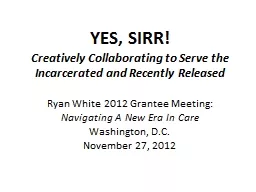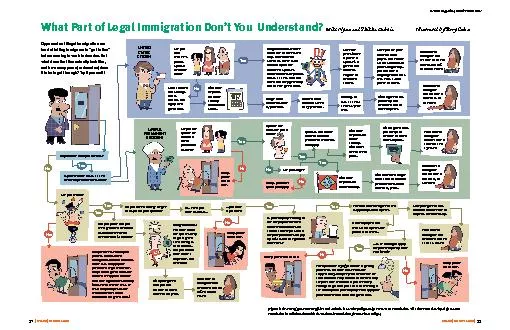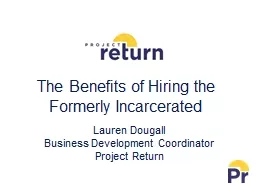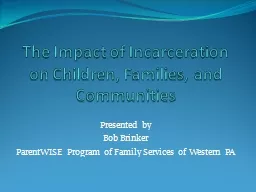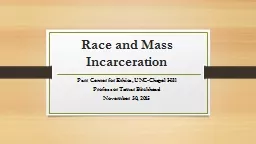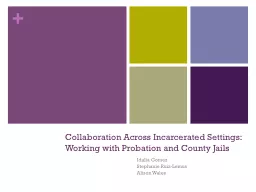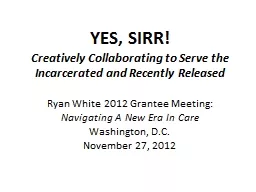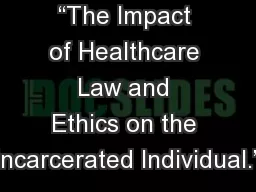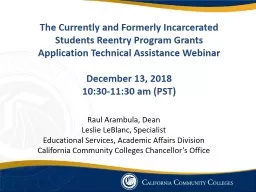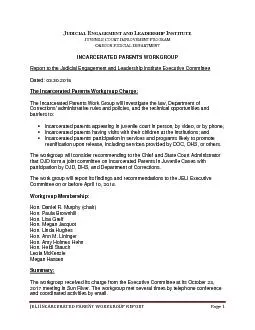PPT-YES, SIRR! Creatively Collaborating to Serve the Incarcerated and Recently Released
Author : pamella-moone | Published Date : 2018-11-09
Ryan White 2012 Grantee Meeting Navigating A New Era In Care Washington DC November 27 2012 Welcome Meet the Speakers Steven VargasModerator Volunteer Community
Presentation Embed Code
Download Presentation
Download Presentation The PPT/PDF document "YES, SIRR! Creatively Collaborating to S..." is the property of its rightful owner. Permission is granted to download and print the materials on this website for personal, non-commercial use only, and to display it on your personal computer provided you do not modify the materials and that you retain all copyright notices contained in the materials. By downloading content from our website, you accept the terms of this agreement.
YES, SIRR! Creatively Collaborating to Serve the Incarcerated and Recently Released: Transcript
Download Rules Of Document
"YES, SIRR! Creatively Collaborating to Serve the Incarcerated and Recently Released"The content belongs to its owner. You may download and print it for personal use, without modification, and keep all copyright notices. By downloading, you agree to these terms.
Related Documents

